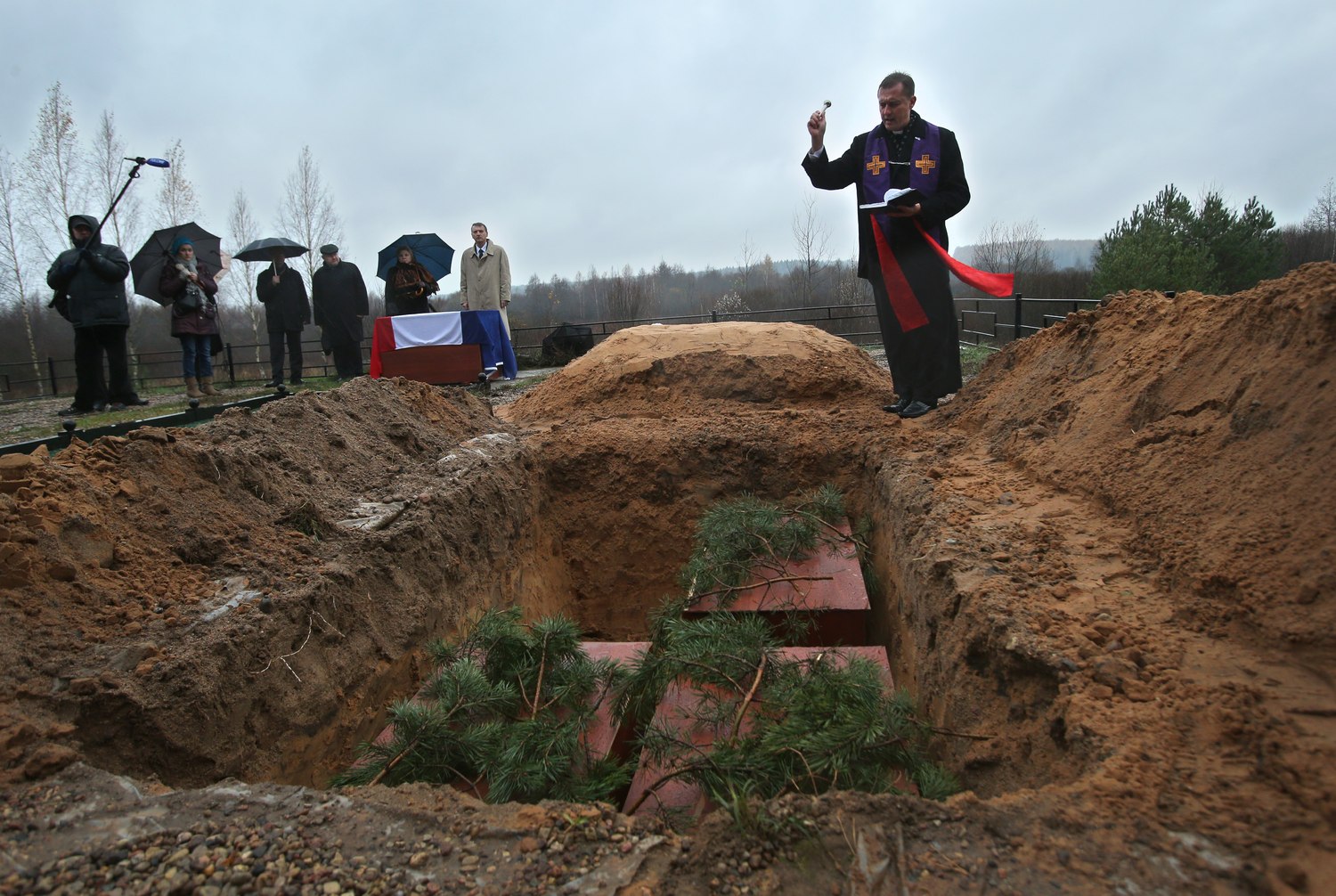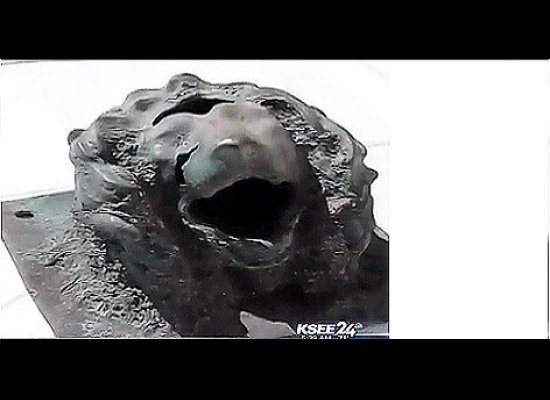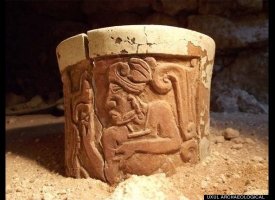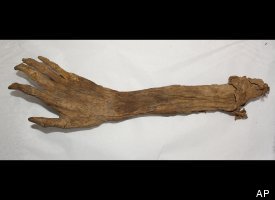New pyramid discovered in #Luxor #Egypt it is the tomb of the Vizier of Ramses II http://www.huffingtonpost.com/2013/02/21/ancient-egypt-pyramid-discovered_n_2735819.html#slide=1881560 …
9:11 p.m. - Feb 23, 2013 · Details
A team of Belgian archeologists has made a startling discovery in the Egyptian city of Luxor. Egypt's Minister of Antiquities Mohammed Ibrahim announced that scientists have located a 3000-year-old pyramid belonging to a vizier of Pharaoh Ramses II.
The ruins of the pyramid were uncovered by a joint mission of the Free University of Brussels and the University of Liège, Agence France-Presse reports.
According to Al Ahram, the pyramid stands 15 meters tall and is decorated with an engraving of the Ancient Egyptian god Ra-Horakhty. The structure is believed to be a cover for the burial chamber of Khay, the vizier or highest official of Pharaoh Ramses II.
The actual tomb of Khay has yet to be uncovered, but efforts to excavate it continue, Al Ahram adds.
According to a press release by the Free University of Brussels, the connection to Khay makes this discovery one of great historical importance:
Khay is well-known by Egyptologists through numerous documents. Occupying the highest civil rank in the kingdom, Khay took part in the celebrations of the six first jubilees of Ramses II. He also supervised the artist community that was in charge of realizing the royal tombs in the Valley of Kings and the Valley of Queens.
International Business Times reports that the pyramid was found on the hill of Sheikh Abd al-Qurna on the West Bank of Thebes, which overlooks the tomb of Khay’s employer, Ramses II.
Ramses II, also known as Ramses the Great, is generally regarded as one of the most powerful pharaohs of the Egyptian empire. His mummy is now displayed at the Egyptian Museum in Cairo, which also boasts two statues of the vizier Khay.
ALSO ON HUFFPOST:
14 of 67

AP































































- Next

